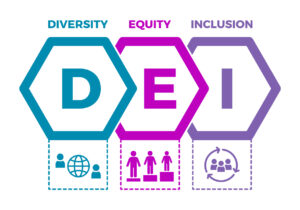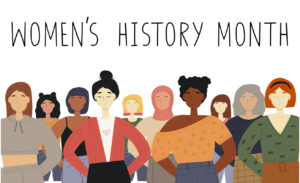10 crucial considerations for making digital content accessible
Here’s why accessibility should be at the top of every communicator’s new year’s resolutions—and how to make meaningful change.
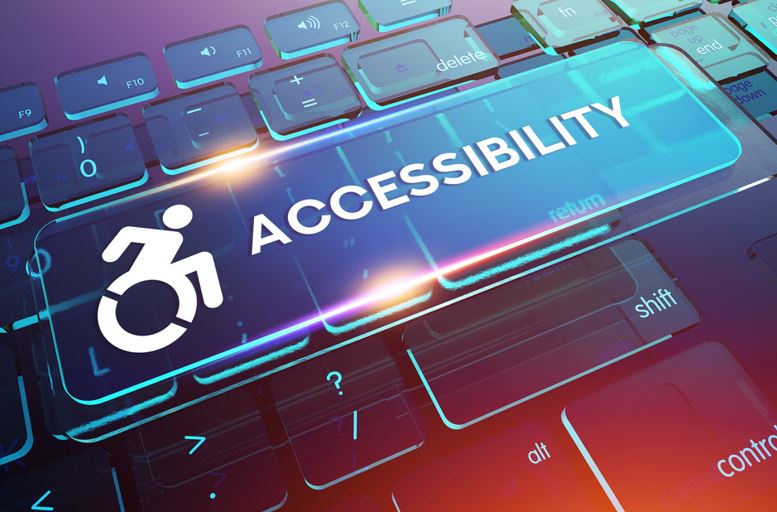
With a new year ahead of us, and as PR professional across America begin their annual planning, let’s talk about what accessibility is, why we need it, and how we accomplish it in 2022.
As individuals, we often take for granted the usability and accessibility of everyday technologies. With digital services being so woven into our lives, and the pandemic ushering in an era of rapid digital transformation, it’s time we stop ignoring the conversation of accessibility and make a commitment to be more digitally inclusive.
When was the last time you scrolled through Instagram and didn’t think twice about whether or not a picture included alternative text, watched a video on YouTube without needing closed captioning, or designed a website based on brand colors or aesthetics rather than user interface?
Using these technologies without accessibility features means individuals are not afforded the same user experience. As PR professionals, we must be able to reach our targeted audiences effectively. In the same way brands are focusing on diversity, equity and inclusion, we mustn’t forget accessibility. Therefore, accessibility should be a crucial function as we move into a new year.
Consider this: One in five Americans identifying as having a disability. Sixty-five million rely on assistive technology, and there’s a massive segment of people without access to much of the digital content published. While we’re seeing more resources and guidelines in place to combat this issue, communications professionals still lag behind.
Defining accessibility
As defined by the Web Accessibility Initiative (WAI), digital accessibility refers to “the websites, tools and technologies that are designed and developed so that people with disabilities can use them.” There are many different disabilities that can impact someone’s access to information beyond just auditory and visual impairments. Cognitive, speech, physical and neurological disabilities impact a user’s digital experience as well.
The need for accessibility has always been present, but in an era of rapid digital transformation, we’re relying on websites, apps and other digital platforms for nearly everything we do—from personal banking to grocery shopping or connecting with others across the globe. For people with disabilities, having an equitable experience on these platforms is critical.
Information and equal access are invaluable assets that everyone should have.
Why companies should care
On a broader scale, working-age people with disabilities have a total disposable income of $490 billion, making this a market with significant purchasing power. And companies notoriously overlook the potential of this consumer segment. In fact, one survey reveals that 60% of people with disabilities would choose a brand if its communications are accessible.
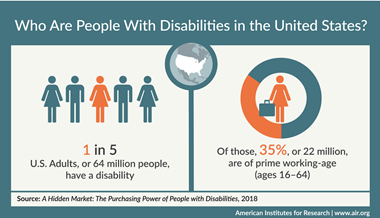
Beyond that, accessibility is socially inclusive for people without disabilities too. Providing assistive features can extend your market reach to older demographics, individuals that may have limited network bandwidth, and those with temporary disabilities. Yet, providing a fully digitally accessible experience for all consumers requires time and resources. However, businesses who show authenticity are more likely to increase their market reach and elevate their brand.
For instance, JAANUU, a brand that develops performance medical scrubs and PPE for healthcare professionals, has a fully accessible website and mobile platform. Shoppers can simply click on an item (face masks for example), scroll to the accessibility image, click and adjust the accessibility settings to suit their needs.
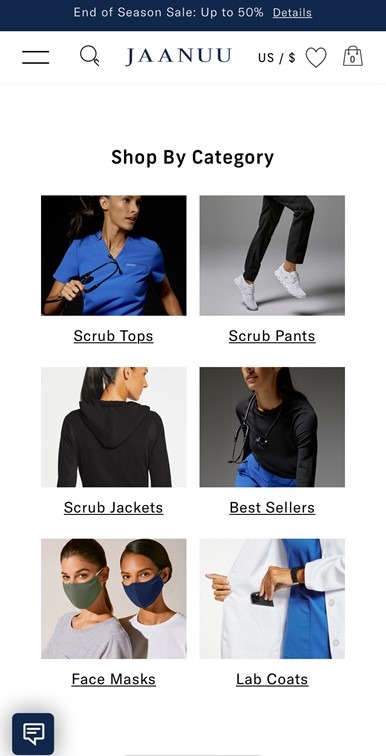
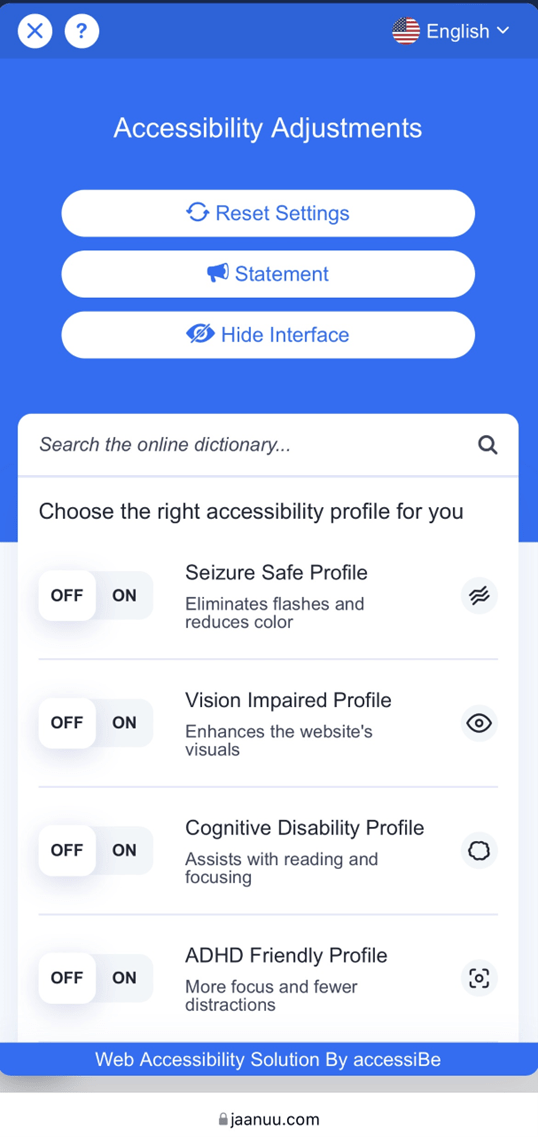
10 considerations for PR pros
As brands and their communications teams strive to embrace digital accessibility, they’ll need to start somewhere. The good news is that most people living with disabilities have accessibility software built into the technology they use. However, as PR professionals, we need to take the first step and create content that is fully accessible. The experts at Harvard University pulled together 10 important considerations to keep in mind when creating content:
- Page title. Be sure the title of the page is distinctive and descriptive.
- Information structure. Break content into logical segments making it easy for the reader.
- Headings. Use descriptive headings.
- Semantic markup. Take advantage of semantic markup by noting Heading 1, Heading 2, etc.
- Legibility. Be sure the text on the page has enough contrast. Use simple readable fonts and typefaces.
- Readability. Ensure the visual display is clean, uncluttered and easy to read. For website content, box in titles on webpages.
- Language. Text should be written for easy and quick comprehension. It’s also important to use inclusive language, i.e. “people first” language over “identity first” language. For example, “has epilepsy vs. is epileptic” or “has autism vs. is autistic.”
- Image alternatives. Imagery should appear with “alt text” that describes what’s in the photo. The same applies for social media posts. Be sure to include alternative text on Instagram, Twitter, Meta and any other social media channels your brand has a presence.
- Media alternatives. Provide subtitles and captioning in your video content. Today, some video platforms automatically caption video. These free tools can help: org, DotSub.com and Subtitle Horse.
- Visual elements. Design for color accessibility. For example, while a light-green and yellow may look visually appealing, for a person with a visual impairment, that color combination would be difficult to decipher. Try to ensure that color saturation is dimmable and that website fonts are changeable. Consider using both colors and symbols where a users’ attention is required.
Thinking about these accessibility fundamentals is just the beginning. PR practitioners should ensure that their company’s communication channels are up to date and compliant with accessibility guidelines.
Hire experts with this area of expertise if needed. This isn’t something your brand wants to get wrong. For example, if you are building a mobile app, bring in a team that can determine its usability by individuals who are blind, deaf or may have other disabilities. The Internet provides a breadth of resources for communications practitioners to read up on, learn from and leverage in their digital communications strategies.
Resources to get started
While there are numerous other considerations that PR professionals may think about when developing digital content, the following resources can also provide valuable guidance and are certainly worth referencing and bookmarking:
- Web Accessibility Initiative. We’ve already referenced the WAI, but you can’t beat their resources. They are considered the premier resource for international standards for web accessibility.
- PR Council’s Accessible Communications Guidelines. Together the PR Council, Public Relations and Communications Association (PRCA) and Global Current, developed a 35-page guide that offers practical tools, advice and case studies designed to help PR professionals ensure their content is available and accessible to people of all abilities.
- Syracuse University. Through Syracuse University’s Answers website you can find an Accessible Technology Toolkit chock full of resources to help create digitally accessible information.
- The National Center on Disability and Access to Education developed a series of informative resources and cheat sheets to assist individuals in creating accessible content. They focus on everyday tools such as Microsoft Word and YouTube.
For PR practitioners and other communications professionals, the essence of our work is about reaching people in a way that resonates with them. Two-way communications require actively listening to the needs of our stakeholders and responding in a way that meets those requirements.
Digital accessibility is a need that has been overlooked for far too long. It’s time for us to be better, commit to learning how, and push for brands that embrace accessibility.
Katherine Hausler and Regina Luttrell are with the S.I. Newhouse School of Public Communications at Syracuse University.


